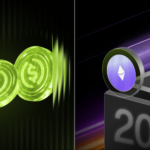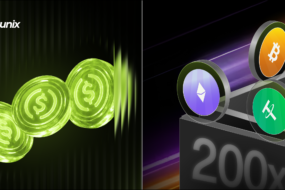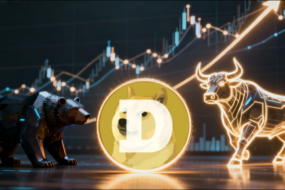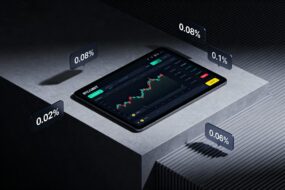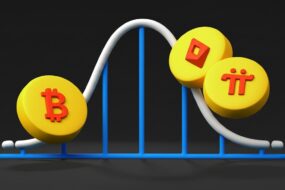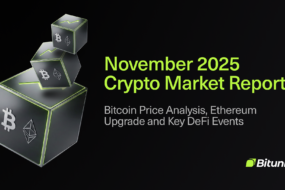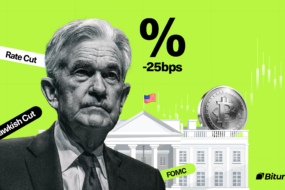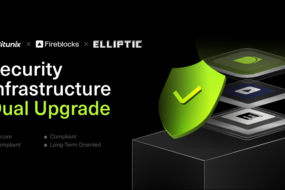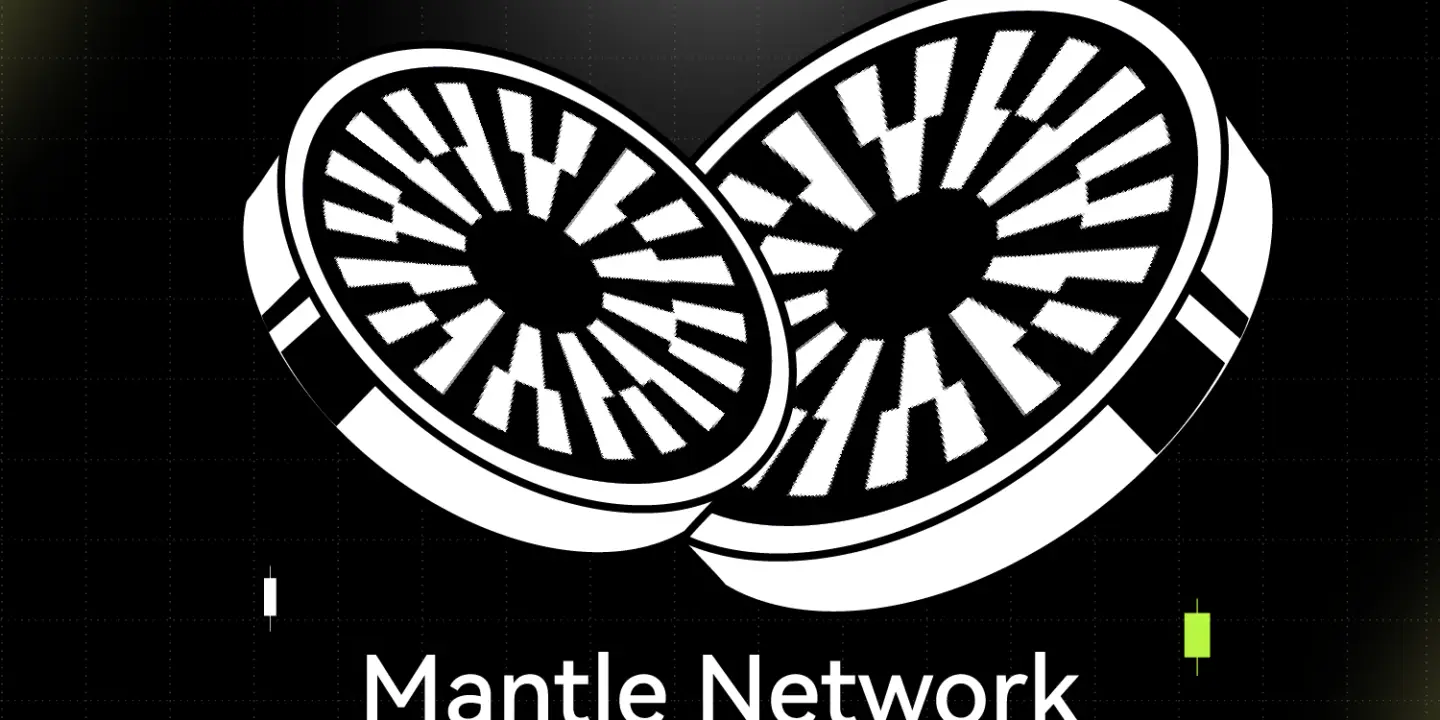
The Mantle token (MNT) serves as the native gas token for the Mantle Network. It’s crucial for paying transaction fees and participating in community governance. Initially, the MNT token originated from BitDAO’s BIT token before the project rebranded to emphasize its Layer 2 initiatives.
Mantle Network is a Layer-2 scaling solution designed for compatibility with the Ethereum Virtual Machine (EVM). It utilizes optimistic rollups to facilitate quick and cost-efficient transactions. By handling transactions off-chain and finalizing them on-chain, Mantle Network enhances efficiency while leveraging Ethereum’s robust features.
What is Mantle Network?
Solayer happens to be the first protocol on Solana that works with hardware instead of just decentralized software and cloud. It moves some of the blockchain components into programmable chips which allows dapps to be more decentralized and scalable. With an aim to achieve higher transactions per second mark with lightning speed internet, Solayer’s use cases appear to be revolutionary.
Launched in July 2023, the Mantle Network stands as a pioneering Layer-2 solution introduced by a DAO. It emerged from BitDAO, a prominent entity in the crypto space recognized for its vast treasury. A community vote in May 2023 led to the consolidation of BitDAO with Mantle, resulting in a rebranding effort. From June 2023, holders of BIT tokens were able to convert them to MNT tokens at a 1:1 ratio.
What Are The Features Of Mantle Network?
Modular Blockchain Rollups: The Mantle Network adopts a modular structure for its execution, consensus, settlement, and data availability layers. This segmentation allows for specialization among network participants, significantly cutting gas costs and boosting performance.
By utilizing a Modular Rollup approach, Mantle Network effectively tackles the Scalability, Security, and Decentralization trilemma, a persistent challenge in the blockchain community. The partitioning of resources across layers enhances the network’s efficiency, distributing tasks to specialized layers and providing improved security for all users.
This is a departure from the heavy reliance on full node validators in traditional Layer-1 systems. By separating layers, the network reduces the execution and validation load on nodes, as technologies like fraud proofs and ZK proofs no longer necessitate executing every transaction.
Data Availability: Mantle Network addresses rollup architecture security concerns by incorporating EigenLayer, a re-staking protocol. EigenLayer leverages Ethereum’s reliable network to ensure data availability for Layer-2 solutions, maintaining security parallels to the Ethereum Mainnet. Through EigenLayer’s solution, EigenDA, Mantle Network allows nodes to provide data availability services.
Validators participate in Mantle Network’s economic model by staking $MNT tokens, unlocking additional yield opportunities. This engagement enhances the completeness and accuracy of block data within Mantle Network’s execution layer.
EigenDA separates data availability from the consensus layer, using a unicast channel for efficient data storage and transmission among participants. It maintains an erasure rate, enabling full block data reconstruction from Layer-2 and Layer-1 sources. This enhances $MNT’s utility beyond governance, providing the necessary high throughput for next-gen Web3 applications.
Fraud Proofs: Rollups operate on an optimistic model, presuming participants’ good behavior. This necessitates robust fraud proofs to uphold network integrity. However, implementing these proofs is challenging.
Currently, on-chain verifiers can only execute instructions in a lower-level virtual machine, demanding that fraud proofs be translated by EVM clients. This often means that the content of fraud proofs isn’t directly sourced from compliant EVM clients, as the on-chain verifier can’t verify the producer, affecting trust minimization inherent in Ethereum clients.
Mantle Network addresses this by compiling and verifying fraud proofs with EVM instructions, enabling all Ethereum clients to engage openly with a shared proof system. This reduces trust assumptions among verifiers, compilers, and clients.
Transaction Lifecycle: In the Mantle Network, transactions initiate from a wallet user, dApp, or script. Tools like the Mantle SDK assist in creating, signing, and submitting requests for Sequencer processing. Once verified, transactions are added to pending blocks, utilizing batch processing to spread fixed costs and cut transaction fees.
Threshold Signature Scheme nodes then verify block data before sending it to the Ethereum network via the Sequencer. Rollup verifiers synchronize data within the Mantle Network for user and dApp access, while Ethereum records this data on-chain through its consensus mechanism. Additionally, Data Availability nodes ensure data access within the Mantle Network, earning $MNT tokens as rewards.
Mantle Crypto Tokenomics
MNT serves as the native token of Mantle, playing a crucial role in the network’s tax, utility, and governance systems. It is the currency for transaction fees across the network. Mantle aims to leverage the financial strength of the MNT token to further project development.
3 billion MNT tokens are currently in circulation, accounting for 51% of the total supply. An additional 3 billion tokens are yet to enter circulation, bringing the total supply to just over 6 billion tokens. The Mantle DAO manages the remaining 49% of the MNT supply, overseeing token distribution for community incentives and other purposes.
Mantle Token Technical Analysis & Price Performance
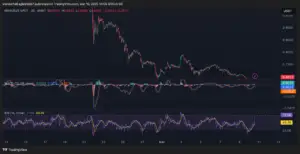
The MNT/USDT 30-minute chart on Bybit reveals a downtrend with price fluctuating between $0.6930 and $0.6884, consolidating around $0.69. The RSI, currently at 49.39, suggests neutral momentum after a recent overbought condition at 71.96, pointing to potential pullback.
The MACD indicates bullish momentum with the MACD line crossing above the signal line, signaling a possible buy opportunity. Traders should watch for confirmation of bullish trends, with strong support at $0.69 for buys and RSI nearing 70 or a bearish MACD crossover as sell signals. Risk management through stop-loss is crucial, with $0.68 for long positions and above $0.70 for shorts.
Mantle Crypto Price Prediction
Currently, Mantle (MNT) is experiencing price fluctuations. Market analysts have made various predictions regarding its future value. Predictions range from a minimum of $0.617 to a maximum of $2.42, with average trading values around $1.57 to $2.42. By 2030, some forecasts suggest that MNT could reach $4.85, representing a significant increase from its current price.
How to Buy/ Sell Mantle Tokens ($MNT) ?
To buy $MNT, you need to create an account on Bitunix. If you are already a registered user, you can skip this step.
Next, you need to deposit USDT in your Bitunix account. Simply head to your profile and click on the wallet icon. Next, click on deposit and follow the steps to deposit crypto in your account.
To trade in MNT/USDT, navigate to the main menu and click on the Markets tab and select ‘Marketplace’.
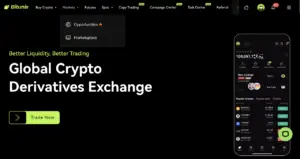
Next, click on the search icon and look for MNT.
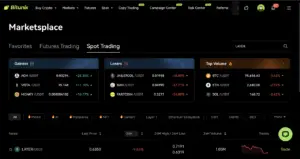
Next, click on Trade to open the trading window for MNT/USDT
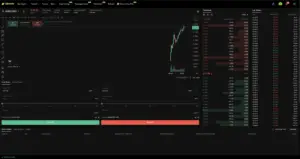
You can choose to place a limit or a market order for buying and selling MNT tokens.
How to Buy Crypto On Bitunix?
You can buy USDT through our on ramp crypto partners like Moonpay, AlchemyPay and Volet. Bitunix also offers p2p crypto trading. Following are the steps to buy USDT through a third party provider.
Navigate to Buy Crypto in the main navigation menu. Click on Buy Crypto tab and choose Third Party from the drop down menu.
Next, choose your currency, crypto and the amount you wish to spend. Now, choose your preferred payment method and click on Buy. Next, verify the payment with your bank or payment gateway (Bank or payment gateway like Apple Pay) Once done, the crypto will be reflected in your Bitunix account.
How to Buy/ Sell USDT using P2P Trading on Bitunix?
Bitunix has recently added P2P trading to make your crypto investing journey a breeze. Follow the following steps to place a P2P USDT order.
First, head over to the Buy Crypto tab in the main menu. Now, click on P2P Trading from the drop down menu.
Next, choose the amount you wish to spend and the preferred method of payment. Once done, the system matches your order requirements with the verified merchants. Now, you can choose the merchant you wish to buy your USDT from.
Next, click on Buy and make the payment. Once done, share a screenshot of the payment and click on I have Paid. Once the seller has received the amount, he/she will release the funds.
How to Deposit Crypto on Bitunix?
If you already own crypto and wish to deposit in your Bitunix account simply follow the steps below
First, navigate to the main menu and click on the wallet icon. Now, choose spot account from the drop down menu.
Next, click on Deposit from the menu to your left.
Next, choose crypto and network you wish to deposit through. This will generate your deposit address that you need to send your crypto to. Double, triple check the details before you send your crypto to the deposit address. Make sure to never manually copy the address as it might lead you to miss out any characters.
Conclusion
Arbitrum and Optimism have already made waves in the L2 space, and now more competitors are joining the race. Alongside optimistic rollups, zero-knowledge rollups are also gearing up for their launches soon.
Mantle is stepping in with a unique setup that uses EigenDA’s speed and cost efficiency while relying on Ethereum’s proven network for security. With backing from ByBit, BitDAO, and partners, Mantle could quickly catch up in the optimistic rollup field. A thriving Mantle ecosystem would benefit both BitDAO and the BIT token, creating a positive cycle of growth.


